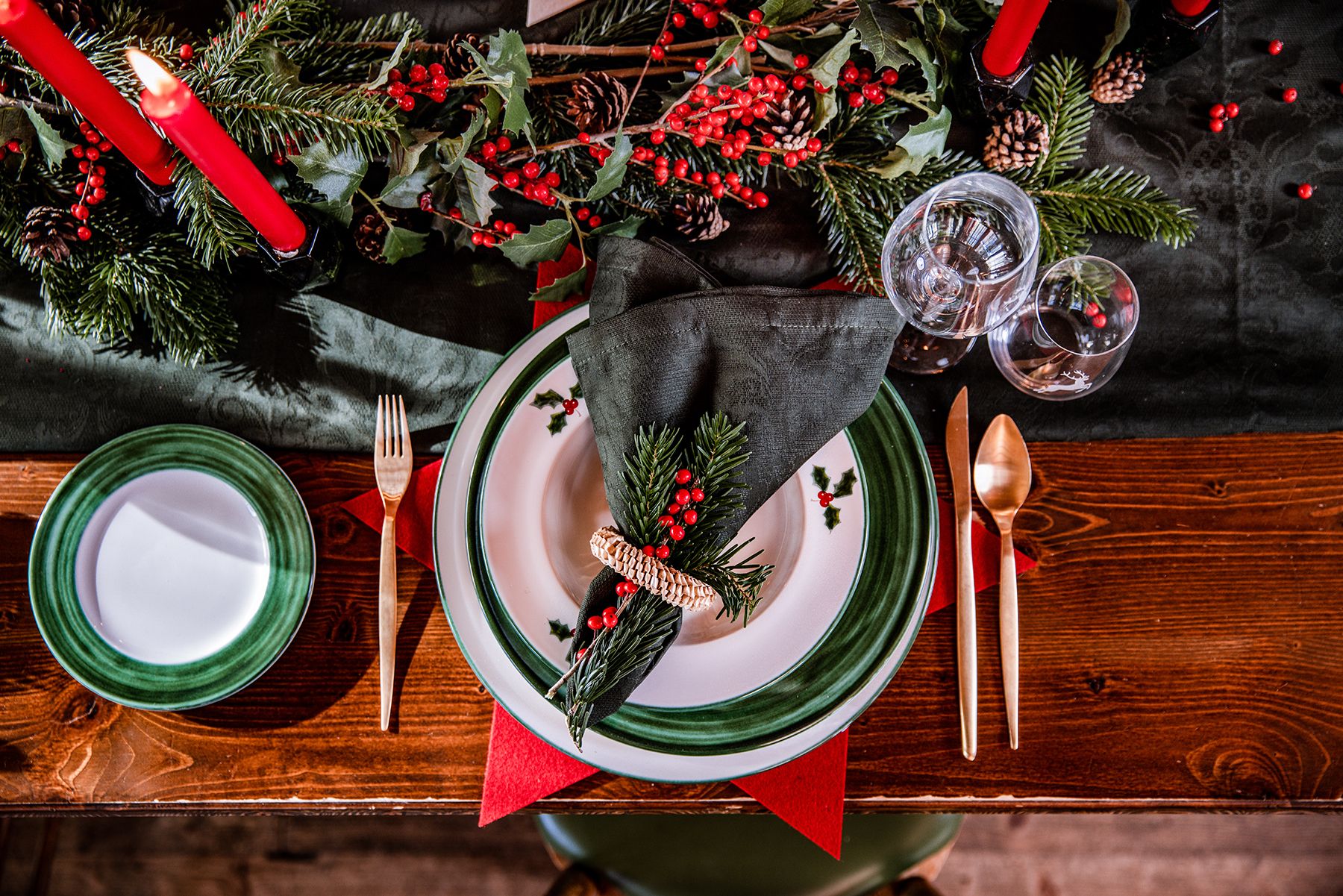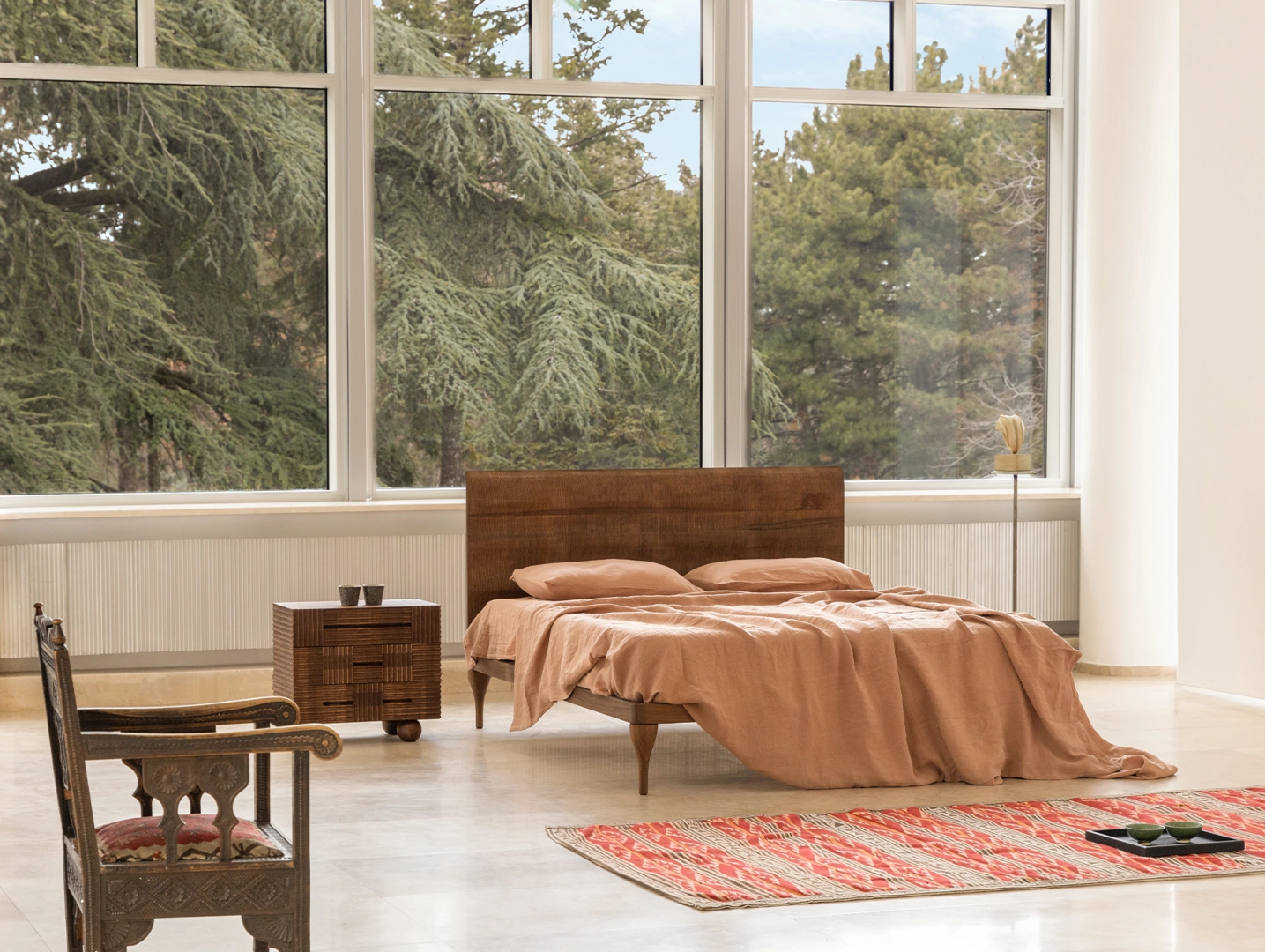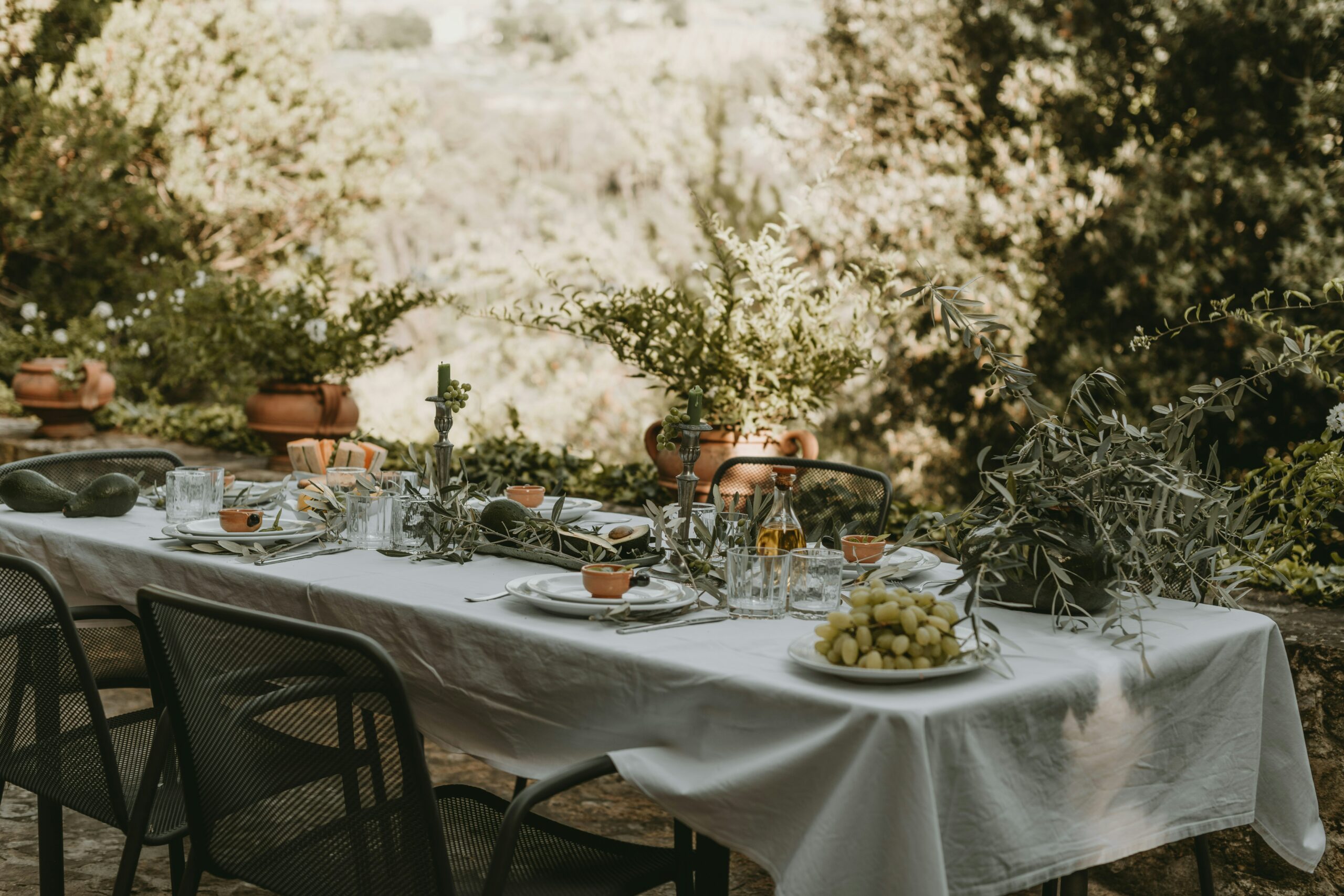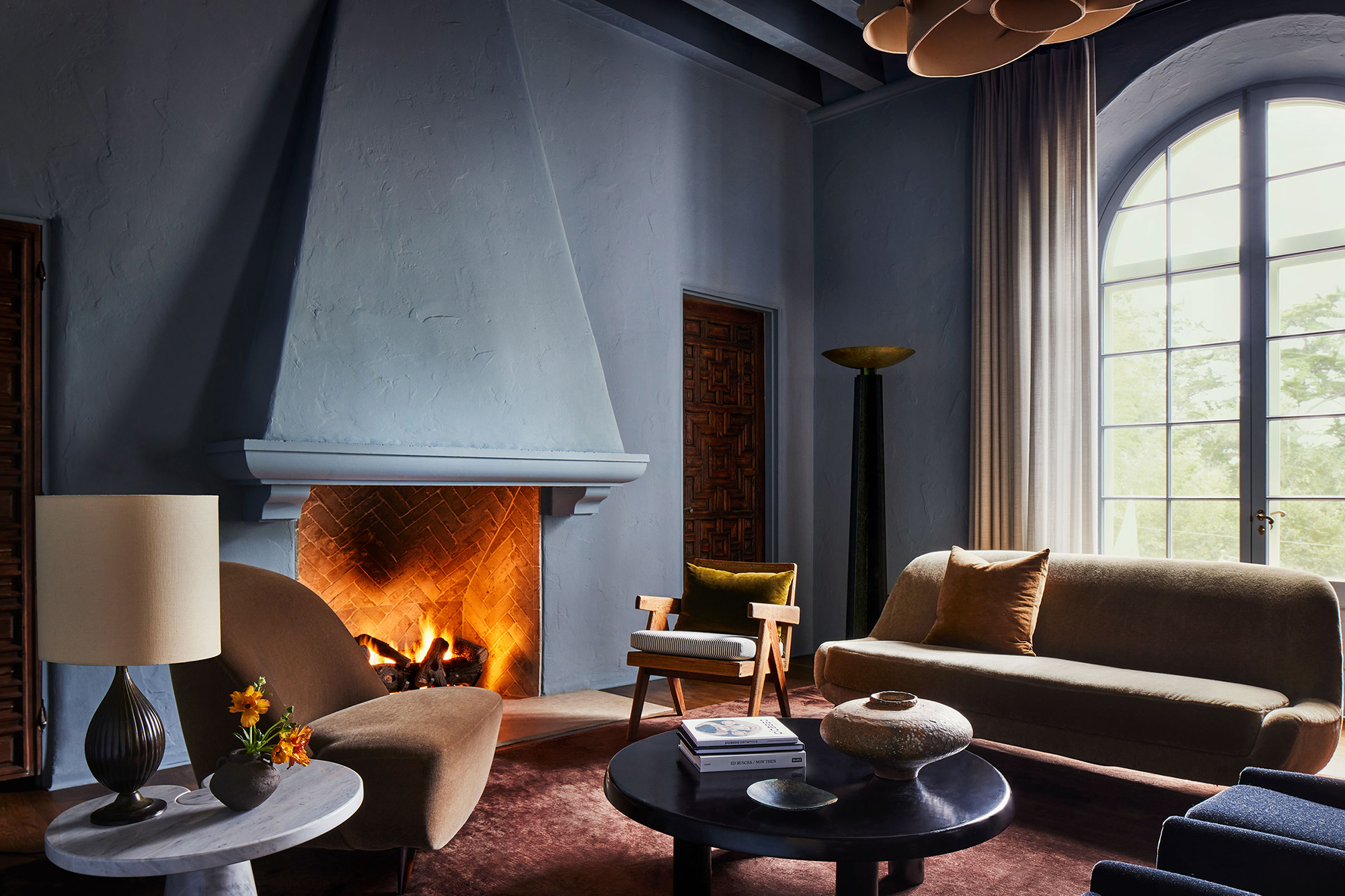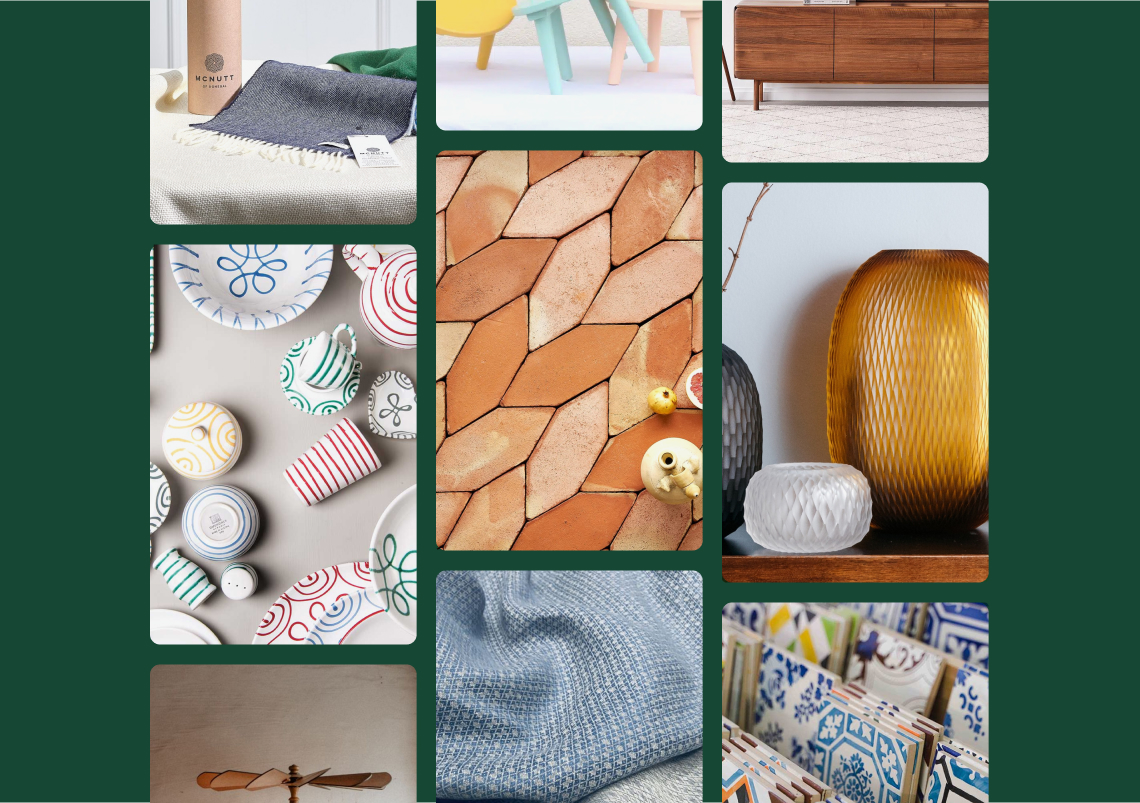Your cart is currently empty!
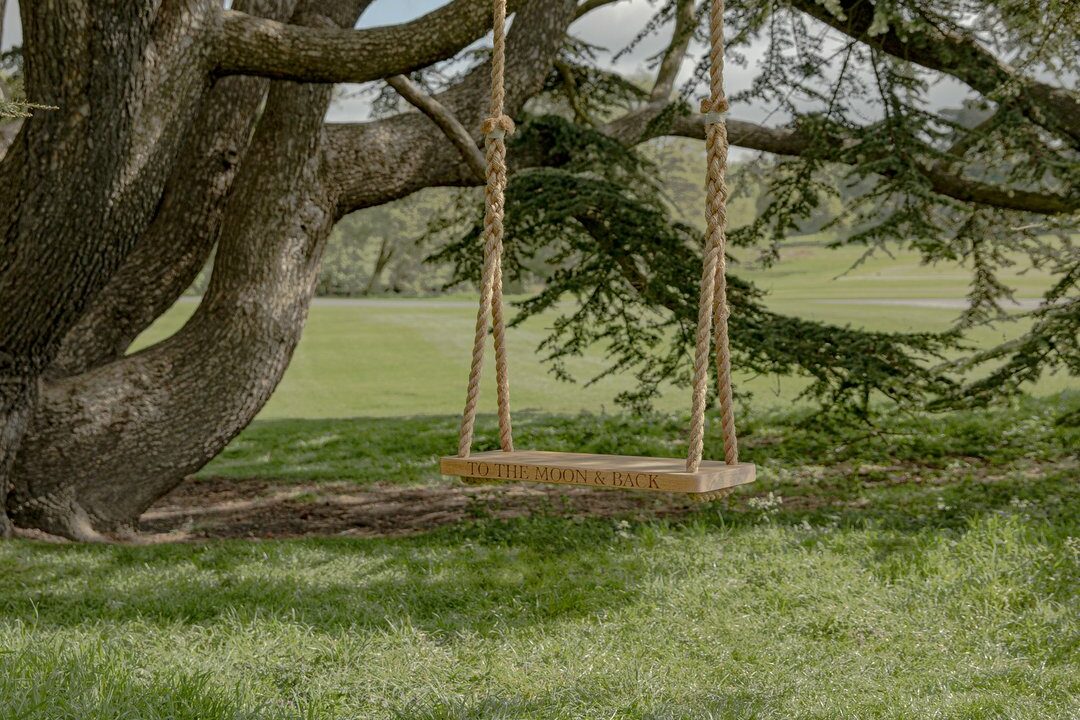
Behind the Scenes: The Oak and Rope Company
How one woman turned a swing into a values-led heirloom brand.

When I first spoke to Jeanette Aurdal, I expected to hear about The Oak and Rope Company. What I found was a quietly radical philosophy on how to live and lead.
Sitting on a pile of wooden offcuts – pieces others might discard – Jeanette told me, “This is like filet of beef. Prime, prime stuff. I’m buying it because it makes sense.” That’s who she is: unapologetically herself. A woman who left a fast-paced career in investment banking to build a values-led life and business, rooted in purpose and meaning.
Through her story, I was reminded that you can have it all- if you define “all” on your own terms. That leadership isn’t about power, but integrity. That working with your hands is more than a skill – it’s a mindset. And that meaning often hides in the tangles, repairs, and small, human imperfections we tend to overlook.
What began as a carved swing for a friend has grown into The Oak and Rope Company: an artisan workshop crafting personalised oak pieces that mark life’s milestones, from weddings to everyday rituals. Their creations now found in homes across generations, including the British royal family, and the mission has expanded further through The Quercus Conservation Trust, her newly founded charity.
This interview is for anyone craving a more grounded way to live or lead. A glimpse behind the scenes and a quiet nudge toward what matters most.

Can you tell us about your unique journey from childhood to investment banking, and eventually to founding The Oak and Rope Company?
My grandfather taught me how to splice rope when I was ten. That small act became the acorn that grew into this company. I grew up in Norway, in a home where we couldn’t pay people to fix things, so I learned early on that if I wanted something, I had to give it a go and figure it out myself. That gave me a deep respect for making with your hands.
I was also clever, so I got pushed along the educational escalator and ended up at UBS in London, working as an investment banker. At the time, it felt like I had achieved something – that I’d done what I was supposed to. But even then, I’d spend my lunch breaks browsing for tools, and my weekends making things. Eventually, I realised that’s what made me feel alive.

The turning point came when a friend of mine was turning 40, and I wanted to bring something special to his birthday party. I had some rope, a plank, and a few inherited tools. I drilled holes, carved his house name into the edge by eye, and brought it along with no wrapping—just carried it in my arms. People saw it and started asking if I could make one for them. That’s how it all began.
“… I’d spend my lunch breaks browsing for tools, and my weekends making things. Eventually, I realised that’s what made me feel alive.”
Turning it into a company was gradual. At first, I had a friend helping who knew a lot about sales. But in 2014, our workshop burned to the ground. It was devastating, and also created a lot of tension. Eventually, I bought her out. It was a hard decision, but it gave me full creative control. If we’d gone a different route, we might have ended up reselling other people’s products. Instead, everything we make is still designed and made by us—from start to finish.

How have your roots – growing up in Norway, now living in Kent – shaped your design philosophy?
I love the William Morris quote: “Have nothing in your house that you do not know to be useful, or believe to be beautiful.” I’ve always replaced the “or” with “and.” At first, I thought it was just my personal philosophy but I’ve come to realise it’s a mindset I grew up with in Norway.
Being an outsider shapes how I see things too. English isn’t my first language, so I notice double meanings more easily than native speakers. That adds layers to how I think about storytelling, engraving, product naming. And there’s this connection to home because I’m not from here, I’m constantly aware that I need to create a sense of home where I am.
When I remarried, it was important that we symbolised our blended family. So we made a peg rail for the hallway, and carved everyone’s name on it. We all hang our coats there. That simple object, in our home, holds us together. That’s what I want our products to do too – anchor people.
Lastly, in Norway, people are very patriotic. Here in Kent, it sometimes feels like people don’t celebrate where they’re from enough. It’s a stunning place – some of the best English sparkling wines are made here – but there’s often a lack of pride in that. I wish “Made in Kent” meant more.
“And there’s this connection to home because I’m not from here, I’m constantly aware that I need to create a sense of home where I am.”

Your children have been part of your business. How has that shaped them and the company?
My business – The Oak and Rope Company – has always been autobiographical. I started by making things for young families because I was in that stage. Then came gifts for 40th birthdays, ageing parents. My children have grown up around the business and now contribute to it in different ways. My daughter is now finishing a degree in product design and engineering, and what’s beautiful is that we’re now having conversations – about production management, for example – where she’s bringing ideas to her studies from what she observed growing up in the workshop.
I can see how our children have benefited from being in a home where we do things with our hands. They’ve learned not just how to make things but also how to repair them. And that mindset extends beyond objects. It teaches them that problems, too, can be fixed. It gives them confidence. The sense that you can change something. Not in the sense of “saving the world,” but in knowing how to take responsibility for the little things.
“I can see how our children have benefited from being in a home where we do things with our hands. And that mindset extends beyond objects. It teaches them that problems, too, can be fixed. It gives them confidence. The sense that you can change something.”

Who are the people behind The Oak and Rope Company, and what makes their work so meaningful?
We’re a small team: about eight people in the workshop, a couple in the office. A few have formal carpentry training, but a lot of what we do is learned here. Especially with hand carving, there’s no school you can go to for that. If someone shows interest, we try them out and develop the skill in-house.
Everyone here understands that what we make isn’t just a product – it’s often an heirloom. Someone has spent money – sometimes more than they can really afford – because this piece will mean something. Maybe it’s for a wedding, or the birth of a child, or the memory of someone who passed. That sense of responsibility is shared by everyone here. We double-check everything. We ask ourselves: is this good enough to live in someone else’s life?
Take the cake board, for example. It might be in the photos when a couple cuts their wedding cake. But after that, it becomes the bread board they use every day. It can’t just look beautiful – it has to withstand time, toast, and all the ordinary little rituals that make life feel like home.
We sometimes look at a customer’s engraving and try to imagine the story behind it. People propose by giving one of our swings and you just hope the answer was yes. Those glimpses into people’s lives remind us why we do this.
“People propose by giving one of our swings and you just hope the answer was yes. Those glimpses into people’s lives remind us why we do this.”

What materials do you use, and how do you make sure they’re crafted and sourced responsibly?
We mostly work with just oak and rope. I just love how they look together – very tactile. No photo quite does it justice. We don’t offer different woods or fonts or materials. When people have too much choice, it can be overwhelming.
All our oak is sustainably sourced, usually through middlemen we trust. For years we sourced from Italy, currently it’s mostly France, and sometimes Germany though their oak tends to come in smaller sizes. English oak we don’t use as it’s not grown commercially, and often has cracks or knots, which isn’t suitable for engraving names. We need straight, clear wood, and in mainland Europe, they’ve farmed trees properly for generations. The sawmill we buy from are sixth-generation family business. They don’t plant trees because some director told them to, they are planting knowing their great grandchildren to still be in the business. That’s the kind of sustainable sourcing we value.
However sometimes, for special projects, we do use wood from the customers. We even made something for the King once and we made sure the oak came from his own woodland.
We use every bit of material. Sawdust goes to the Pig Hotel to smoke food, or to a local butcher. What’s left is collected by a farmer who mixes it with gorilla manure from a nearby zoo to make compost.
Our rope is sourced from a historic dockyard that still makes it in the traditional way. And with everything we buy, we try to make sure it comes from suppliers who share our values.
We’re aiming for zero waste. We’re even looking into wrapping our packages in straw from that same farmer, so it’s fully compostable.
“We use every bit of material. Sawdust goes to the Pig Hotel to smoke food, or to a local butcher. What’s left is collected by a farmer who mixes it with gorilla manure from a nearby zoo to make compost.”

What’s something surprising about rope and why is it so central to your craft?
Rope is deeply symbolic for me. When you splice rope, the part where you tie it together actually becomes stronger than the rope itself. That alone is a beautiful metaphor. And working with rope… it tangles. If you get a knot, you can’t rush it. You have to breathe calmly and start untangling, slowly. That’s also a metaphor for life. It’s probably one of my favourite things to work with.
We use Manila rope, which is the same type they used on ships. There’s this amazing history: rope was so vital to England’s navy that if you were caught with a match in a rope walk – a long building used to twist rope – you could be hanged. It was considered treason. That’s how important rope was to building the empire.
“Rope is deeply symbolic for me. When you splice rope, the part where you tie it together actually becomes stronger than the rope itself.”

How do you design for longevity and what happens if something breaks?
We design everything to last. The oak we use is thick and chunky, strong by nature. We often say: it actually looks better when it’s been bashed around a bit. But if something does go wrong – like a split that wasn’t visible at first – we’ll take it back and repair it.
Because we work with natural materials, repair is just another part of the process. We can often bring things back to the exact condition they were when they left the workshop. There’s very little we can’t fix. For swings, the rope usually lasts about five years, and after that, people often bring them in for retying. Many customers are so attached to these products, really struggle with this process and say “I really don’t want to be so long without my swing, when will I get it back?”.
We also offer free refurbishing for chopping boards. People send them back, we sand and re-oil them. For items that include components like glass jars, we make sure replacement parts are always available. Sometimes people call and say, “I bought this ten years ago…” Technically we’re not liable but I never turn them away.
“Because we work with natural materials, repair is just another part of the process.”

How do you create designs that feel timeless, rather than following trends?
Simplicity is at the core of it.
Sometimes a design starts with a quote I love. One of them was, “It takes a long time to grow an old friend.” That phrase really stayed with me, so we created a little houseplant stand around it. It wasn’t that we needed to add a plant stand to our range, it was about the sentiment. That quote makes it a meaningful gift.
I care a lot about language. The play on words, the humour, the double meanings. That’s why we avoid the cheesy, mass-produced stuff. We don’t do the “live, laugh, love” kind of quotes. A lot of people choose to engrave just a date or a name. That’s perfect—because it’s personal, and it’s not trying too hard. For example, on my own bath bridge, I had engraved: “Where I get my ducks in a line.” It’s understated, but playful. That’s the tone I love.

Tell me about the charity you’re building, The Quercus Conservation Trust. What’s the vision behind it?
The Quercus Conservation Trust is about reconnecting people with the power of making – especially those who’ve lost touch with their hands in fast-paced, city lives. People can come here to take a course, often as a form of therapy, and that in turn funds free sessions for schoolchildren who might not otherwise get this kind of experience.
We’re especially focused on teenagers, ages 14 to 17. Everyone loves the image of five-year-olds in bee suits, but teens often fall through the cracks. If we can reach even a few before they start feeling disengaged or left behind, that would mean a lot.
We want to challenge the idea that craft is a second-rate path. In our workshop, some of the most capable makers once struggled in school. But give them a plank, a ruler, and a pencil and the maths clicks. Not everyone thrives in the same system. We’re here to offer a different one.
“Making things with hands teaches you to push though difficult things and you take more responsibility. Someone who knows how to make things with their hands they’ll never feel useless.”

Is there a quote or piece of advice that guides your approach to making?
Every chopping board we send out includes a little bottle of food-safe oil. And on that bottle, there’s a quote:
“Oil me once every day for a week, once every week for a month, and once every year for the rest of your life.”
I love that saying. It’s deeply practical, but it also says: this is going to outlive you. You now have to care for it. It’s no longer in my hands—it’s yours. That shift matters.
Before we included the oil, we’d get calls: “There’s a crack” or “It looks dry.” It was always my problem. Now, it’s shared. People might not always use the oil, but they know it’s their responsibility. That small shift makes all the difference.
When people take care of something or have repaired it it becomes more meaningful. I darned a jumper recently, and now I love it even more. In woodworking, the butterfly joint, used to repair a crack, is often the most beautiful part of a piece. There’s beauty in repair.
“Oil me once every day for a week, once every week for a month, and once every year for the rest of your life. — I love that saying. It’s deeply practical, but it also says: this is going to outlive you.”

The Keepers selection of The Oak and Rope Company treasures:
-
 Compost CaddyMade in United Kingdom by The Oak And Rope Company
Compost CaddyMade in United Kingdom by The Oak And Rope Company -
 Personalised JarsMade in United Kingdom by The Oak And Rope Company
Personalised JarsMade in United Kingdom by The Oak And Rope Company -
 Large Butler TrayMade in United Kingdom by The Oak And Rope Company
Large Butler TrayMade in United Kingdom by The Oak And Rope Company -
 Oak BenchMade in United Kingdom by The Oak And Rope Company
Oak BenchMade in United Kingdom by The Oak And Rope Company -
 The Oak SwingMade in United Kingdom by The Oak And Rope Company
The Oak SwingMade in United Kingdom by The Oak And Rope Company -
 Carved Wooden BenchMade in United Kingdom by The Oak And Rope Company
Carved Wooden BenchMade in United Kingdom by The Oak And Rope Company -
 Rope Ball SwingMade in United Kingdom by The Oak And Rope Company
Rope Ball SwingMade in United Kingdom by The Oak And Rope Company -
 Wooden Sign PostMade in United Kingdom by The Oak And Rope Company
Wooden Sign PostMade in United Kingdom by The Oak And Rope Company -
 Round Bread BoardMade in United Kingdom by The Oak And Rope Company
Round Bread BoardMade in United Kingdom by The Oak And Rope Company
If stories like this move you as much as they move me, subscribe to The Keepers newsletter. And if you believe in the power of making to change lives, explore the work of The Quercus Conservation Trust. Jeanette’s The Oak and Rope Company story is just one of many – there’s more to come.
Discover Keepers for your home in one of our collections
Are you a Maker?
Are you a workshop or small manufacturer based in Europe, making your products locally with quality materials and have a strong sense for your craft? We would love to hear from you. Get in touch:
hello@thekeepers.shop
